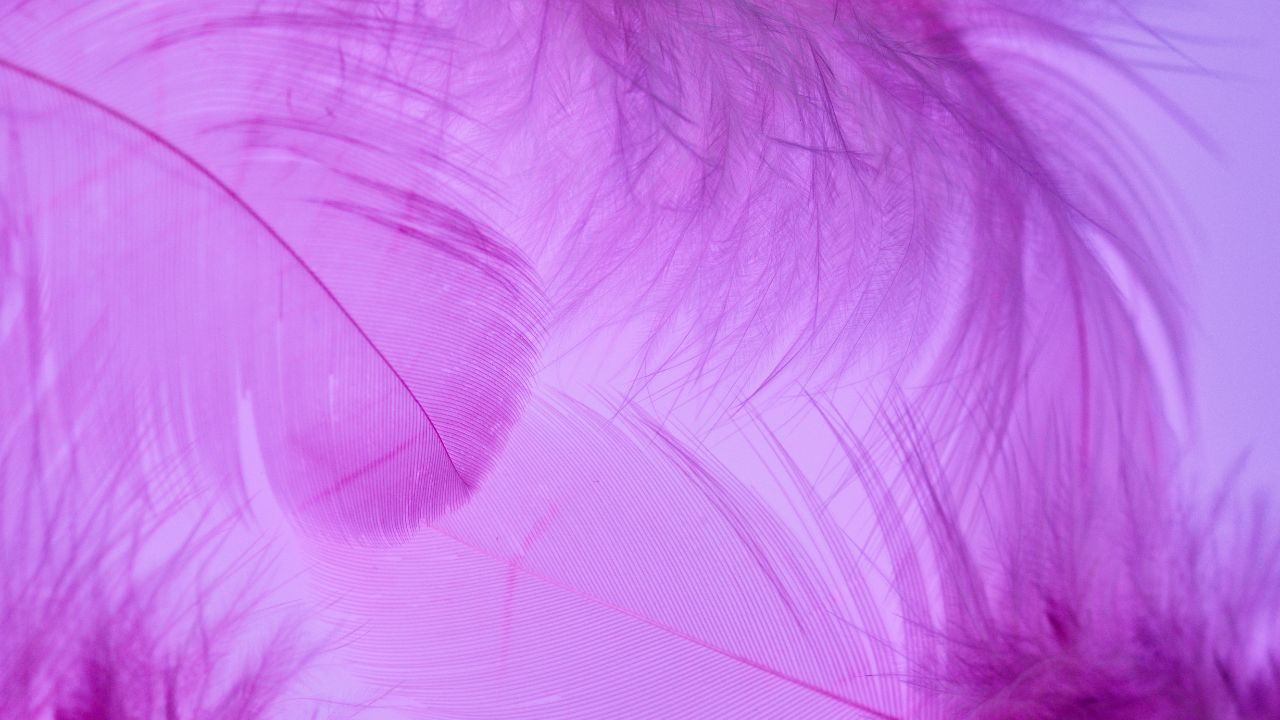Table of Contents
Purple is often associated with royalty, luxury, and creativity. It’s a color that has captivated people for centuries, inspiring works of art and even shaping the course of history. But have you ever wondered about the science behind this captivating hue? In this blog post, we’ll dive deep into the color science of purple – exploring its fascinating history, modern pigments used to create it, how they’re made, and what makes purple such a beloved color today. So put on your thinking caps and let’s explore the world of purple!
The History of Purple Pigments
The history of purple pigments dates back to ancient times. The earliest evidence of the color being used can be traced back to over 25,000 years ago when prehistoric artists used a combination of manganese and hematite to create shades of purple on cave walls.
However, it wasn’t until the Phoenicians discovered how to extract Tyrian Purple from sea snails in 1570 BC that the color became associated with royalty and luxury. This dye was so expensive that only emperors, kings, and other high-ranking officials could afford it.
In ancient Rome, wearing purple clothing was even restricted by law – only members of the royal family were allowed to wear it. The obsession with purple continued throughout history – during medieval times, European monarchs often wore robes adorned with gold thread and embroidered with pearls.
It wasn’t until synthetic dyes were invented in the mid-19th century that purple pigments became more widely available for use outside of aristocracy circles. Today’s modern world is awash with all kinds of purples – from deep dark hues like eggplant and aubergine to lighter tints such as lilac or lavender – each carrying its own unique symbolism depending on culture or context.
Also Read : What Colors Make Pink? Unveiling the Art of Color Mixing and Pigments
Modern Purple Pigments
In the past, creating purple pigments was a challenging and expensive process. But with modern technology, there are now various synthetic purple pigments available that have revolutionized the production of this color.
One example is Manganese Violet, which is produced by mixing manganese sulfate and ammonium metavanadate at high temperatures. This pigment has excellent lightfastness and produces a vivid and intense hue.
Another modern purple pigment is Quinacridone Magenta, created through complex chemical reactions involving quinoline compounds. This pigment has exceptional tinting strength and can produce both bright purples as well as deep maroons or pinks depending on how it’s used.
Dioxazine Purple is another popular synthetic pigment that offers rich colors with good stability. It’s made through the reaction of chloranil with urea under specific conditions to create a compound known as C.
The Science of Color
The science of color is a fascinating subject that has been studied for centuries. It involves the physics, chemistry, and biology behind how we perceive and create colors. Our eyes detect different wavelengths of light, which our brain then interprets as different colors.
Light interacts with pigments in various ways to produce these colors. This interaction can occur through absorption or reflection, depending on the properties of the pigment itself.
In terms of art and design, understanding color theory is essential. Color theory explores how certain combinations of colors can be used to convey specific emotions or moods. For example, warm colors like reds and oranges are associated with energy and excitement, while cool blues and greens evoke calmness and relaxation.
But color science goes beyond just aesthetics – it also plays a crucial role in industries such as medicine (think about how doctors use colored dyes to identify cancerous cells) and technology (such as LCD screens).
Understanding the science behind color opens up a world of possibilities for creativity and innovation across various fields.
How Purple Pigments are Made
Purple pigments are created through a complex process that involves both natural and synthetic methods. One of the oldest sources of purple pigment is murex snails, which were used by ancient civilizations to create rich, deep shades of purple.
In modern times, however, most purple pigments are produced synthetically using chemical compounds like manganese violet or cobalt violet. These pigments can be finely ground into powder form and mixed with various mediums such as oils or acrylics to create vibrant hues.
Another method for creating purple pigment is through mixing blue and red pigments together in precise ratios. This technique allows for greater control over the final color outcome and is commonly used in commercial paints and dyes.
Regardless of the method used, creating high-quality purple pigment requires a great deal of skill and expertise. From selecting the right compounds to carefully grinding them down into fine powders, every step plays a crucial role in producing beautiful shades of this beloved color.
What Makes Purple such a Popular Color?
Purple is a unique color that has captured the attention of people for centuries. It’s often associated with royalty, luxury, and spirituality. The popularity of purple can be traced back to its rarity in nature – it’s not a common hue found in plants or animals.
Furthermore, purple is versatile and can appear both warm and cool depending on the specific shade used. This makes it an appealing option for various contexts such as fashion, art, and branding.
In addition to this versatility, purple also evokes emotions like creativity, imagination, and mystery. These associations make it a popular choice for businesses looking to stand out from their competitors while conveying an air of sophistication.
The cultural significance attached to purple plays an important role in its popularity. From ancient Rome where only emperors were allowed to wear garments dyed with Tyrian Purple pigment made from snails’ secretions; to modern-day Western culture where amethysts are considered precious stones symbolizing wisdom; the history behind purple gives it depth that other colors may lack.
These factors combine together making purple one of the most beloved hues around the world today.
Also Read : The Science Behind Red: Understanding the Colors That Make It
Conclusion
The color science of purple is a fascinating subject that combines history, art, and science. From ancient times to modern days, people have been drawn to this alluring color because of its unique pigments and symbolism.
The chemistry behind purple pigments has evolved significantly over time. Today we have a wide range of synthetic options that offer various shades of purple with different properties and applications.
Understanding the science behind colors can help us appreciate them even more. Purple is an excellent example of how mixing primary hues can result in something entirely new and enchanting.
Whether you are creating artwork or designing products for your business, knowing about the color science of purple can truly make a difference. By using the right pigments and understanding their characteristics, you can achieve stunning results that will captivate your audience.
So next time you see something beautiful in shades of purple, remember that there’s much more than meets the eye! The world around us is full of wonders waiting to be discovered – including the magic hidden within each hue on our palette.








